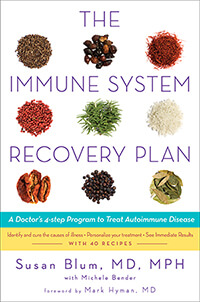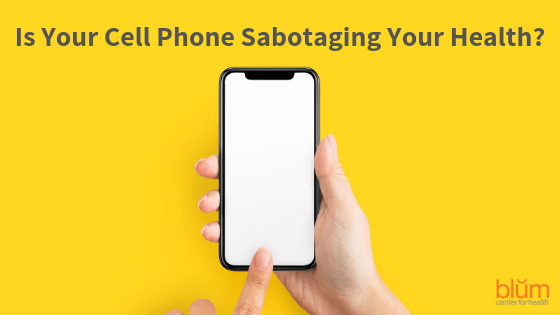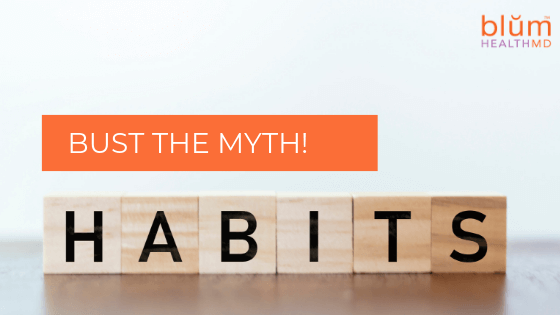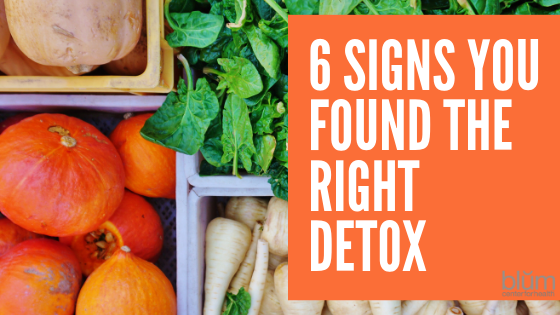
Here’s a common scenario in our practice: A patient comes in with a prior diagnosis of autoimmune disease. Sometimes it is a new diagnosis, and the patient is worried about how to proceed. Sometimes it is a longstanding illness they have lived with for much of their life. In most cases, they are looking for help where the conventional approach to autoimmunity has failed them.
There are many different types of autoimmune disease. All have in common the curious fact that the person’s immune system has become misdirected. The immune system is meant to provide protection against infection and foreign invaders to the body – like bacteria, viruses and other pathogens. When one has autoimmune activity, it means that the person’s own body is under attack.
Falling under the umbrella of autoimmune disease is a variety of ailments, which vary widely in prevalence, symptomatology and severity. Some autoimmune diseases are very common, like Hashimoto’s thyroid disease. Others are rare, like Scleroderma. Some attack a single part of the body, like Hashimoto’s, while others, like lupus, can be more systemic, attacking multiple organ systems. Other examples of autoimmune disease are rheumatoid arthritis, multiple sclerosis, Grave’s disease, Type I diabetes, inflammatory bowel disease, psoriasis, and alopecia.
The Typical Conventional Response to Autoimmune Disease
Patients routinely describe that their physician — be it primary care or specialist — has diagnosed a condition or worse, a disease. Sometimes the patient is already on prescribed medications as treatment, but other times they are not.
Invariably, what they have been told is that there is nothing to be done:
- “We will wait and see.”
- “You will probably need to be on medication at some point.”
- “Let’s continue to watch your blood testing yearly and wait and see when symptoms develop.”
Few, if any of these doctors, offer advice on how to potentially keep the disease from progressing. Or, if already in the throes of symptomatic disease, offer suggestions how to lessen the symptoms with anything but anti-inflammatory medications, replacement hormones or immune-modulating drugs.
This is a very serious problem, and a failing of conventional medicine. It’s exactly why our practitioners chose to continue their training with the Institute for Functional Medicine.
A Functional vs Conventional Approach to Autoimmune Disease
Let’s take the case of early autoimmune thyroid disease:
With Hashimoto’s, for instance, the patient will often be told that they have autoantibodies – which means there are immune markers in the bloodstream directed not against invaders, like bacteria or viruses, but actively attacking the body’s own tissues of the thyroid or its receptors. This is the basis of autoimmune thyroiditis, or Hashimoto’s thyroid disease, which often leads to low functioning thyroid and the need to take thyroid hormone medication.
The conventional doctor will let the patient know that these antibodies are there, and that most likely the thyroid will begin to malfunction, causing too little hormone to be released into the blood and causing the symptoms of hypothyroidism – low energy, weight gain, constipation, dry skin … When that occurs, treatment with thyroid hormone replacement will begin.
This leaves many people wondering – what can I do now? Is there anything I can do to stop this from happening? Am I going down a road I can’t switch out of?
How can one reverse the damage – or halt the progression of the autoimmune disease ravaging the body?
The Functional Medicine Approach
We like to think of a Functional Medicine approach to treatment as two-fold:
- Doing everything we can to improve the immune system’s ability to rebalance while…
- Lessening the odds of the immune system continuing to rebel — and, quite possibly, beginning another attack on another system in the body — which could then lead to another autoimmune disease.
How do we do this? First, we work to support whatever system or systems in the body are under attack – replacing nutrients or hormones that are lacking due to the autoimmunity. We frequently use B-complex, D3 and multivitamin supplementation; and, of course, hormone replacement, as needed in hypothyroidism.
Then, we work to build resilience and decrease inflammation in the body by using good old detective work to find the root cause, or triggers, of the immune dysfunction, and treat that. We look at food, stress, gut health, toxin exposure and infections.
5 Steps to Decrease Inflammation & Rebalance Your Immune System
- Practice improving your emotional and physical response to stress. Getting good sleep and exercising is imperative. Mindfulness meditation and other mind/body techniques are helpful for reducing stress hormones.
- Experiment with your food – discover sensitivities, triggers, and intolerances. We usually recommend an allergy elimination diet – taking out gluten, dairy, soy, corn, and eggs, along with other common allergens depending on your specific medical condition- for a short time and reintroducing to see if symptoms are affected by food.
- Support your microbiome and heal your leaky gut. Eat healthy whole foods and lots of vegetables and fiber. Start taking a probiotic. Our go-to is Dr. Blum’s formula, created for our patients. Learn More
- Decrease your exposure to toxins and improve your body’s ability to manage exposures. Watch out for common toxins in food (herbicides and pesticides), cleaning supplies, and even in personal care products. We recommend looking at the Environmental Working Group and following their suggestions for cleaning up toxins in the home.
If you are concerned about the toxin build-up in your body, you might want to consider our 21-Day Simply Detox. It’s the exact program we use with our patients at the Blum Center for Health. Learn More - Be assessed with functional testing for nutritional needs and to rule out any chronic or acute infectious disease processes. We will often request stool testing for microbial balance, in depth blood testing for nutritional needs, and more extensive saliva and urine testing for hormone balance.
If you live near the New York City metro area, come see us! We would be happy to help. People travel from all over the world to work with us. Come join our family!
Keep your eyes peeled for our new LIVE course: Immune System Strong! Slated to start late September (it will be here before you know it!) Immune System Strong will feature 4 LIVE classes with me that feature tangible next steps that you will be able to implement immediately, as well as community, accountability, group coaching and access to the answers you need on a daily basis. Details will be available soon! Get On The First-To-Know List (even if you’re only a little bit interested), because we’ll be rewarding with an offer that won’t be available to anyone else.) I want the special reward!










